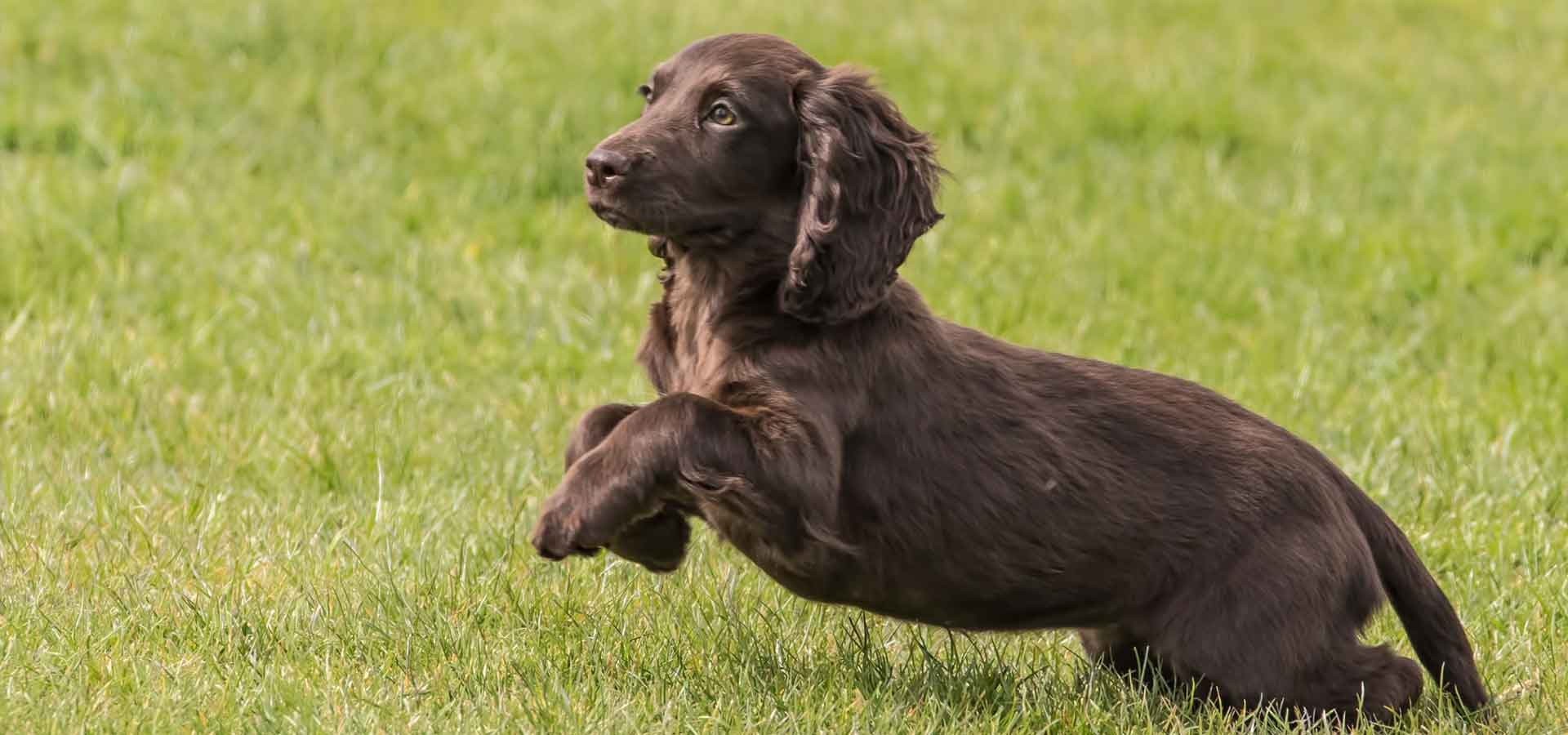Dogs suffer from arthritis in the same way as humans and the condition is cause by a change in the cartilage in the joints which leads to the surface of bones rubbing together. This causes stiffness in the joint, pain and restricts movement.
What is the cause?
The problem is commonly seen in older dogs although it can develop in younger dogs. Dogs use their joints when they walk, run and jump and when they are used heavily they are more prone to problems such as wear and tear. This can then result in arthritis due to an unusual rubbing within the joint, this can lead to a reduced quality of life without the right treatment.
The Symptoms
What are the signs that your dog is suffering from arthritis? Identifying the problem can prove tricky as the symptoms can often be similar to those seen in elderly dogs. Here are the symptoms:
- Exercise is difficult such as running, jumping and even going up steps
- Dog loses interest in walks or the pace at which they do walk is reduced
- May have difficulty getting up from a sitting or lying position or they may find it hard to get comfortable
- Dog becomes tired easily
- Dog may actual display clear signs that the limb is causing problems
What can be done to ease the symptoms?
Obviously, your dog will require care but there are things that you can do yourself. Physiotherapy can help although there are things that can be done at home. For dogs that are overweight or unfit, arthritis can be worse and so, exercise is an important part of keeping your dog healthy. Your dog may not want to exercise but even the smallest amount of exercise can make a difference.
Exercise should be light and easy on the joints and if you can take your dog swimming this will help them immensely. Walking will keep muscles strong and ligaments supple, however, avoid running and jumping. Aim for around 30 minutes of exercise around five times a week and even if your dog is not keen on the idea, try to encourage them with some positive reinforcement. Keep an eye out for heavy breathing as this could indicate that your dog is doing too much.
Following exercise, assist your dog in cooling down using massage techniques that can help to relax the joints and easy stiffness and remember that it is important that your dog is comfortable.
Medicine
Alongside exercise, medicine and supplements can help to ease the inflammation in the joints and this will help to ease pain. There are many different products available to help alleviate pain and enhance mobility.
There are no non-steroidal and anti-inflammatory treatments available with some easing the inflammation in the joints of acute and chronic arthritis. They come in the form of chews, tablets, liquids and capsules so that they can be given to your dog in a way that suits their needs.
Breeds Most at Risk
Arthritis is actually much more common in larger dog breeds, below you will find a list of breeds that are more at risk to developing the condition than others:
- Dachshund
- German Shepherd
- Great Dane
- Golden Retriever
- Labrador Retriever
- Newfoundland
- Saint Bernard
- Rottweiler
- Old English Sheepdog
Author Bio
Medicines4pets are an online retailer of prescription and non-prescription medicines for a wide range of pets.




